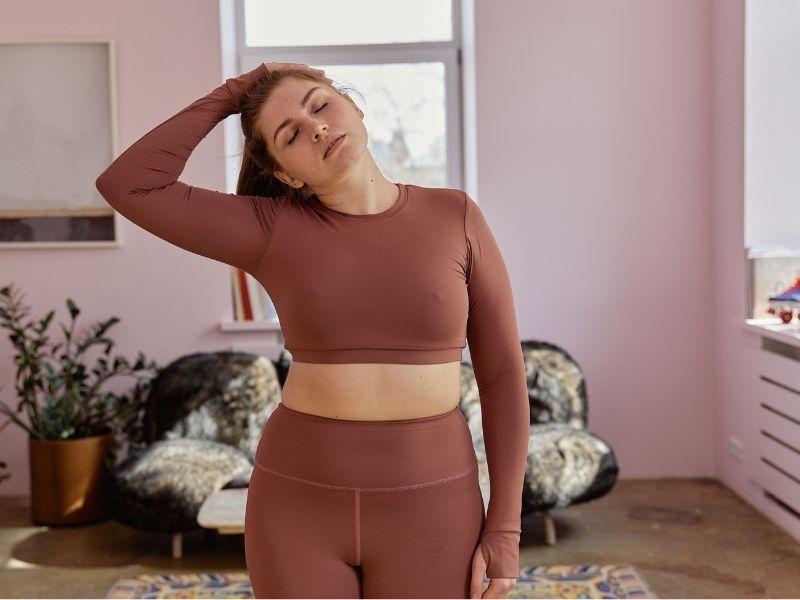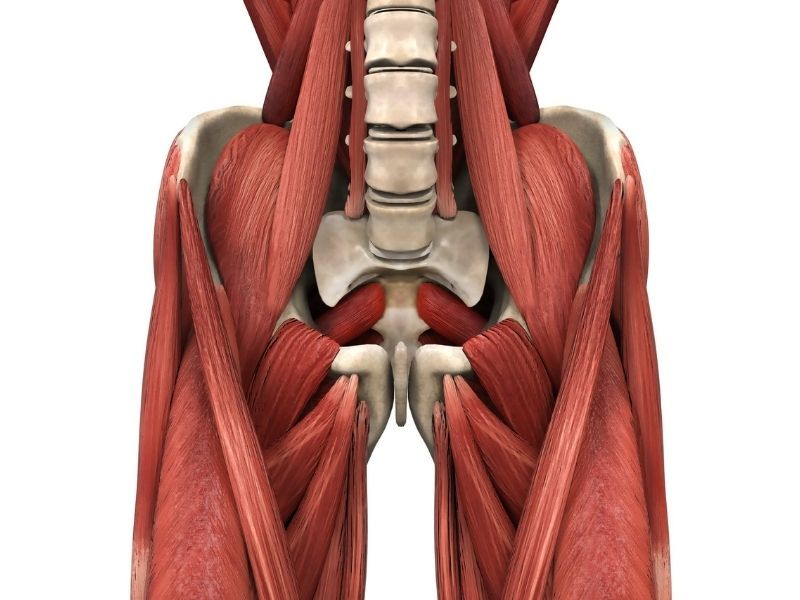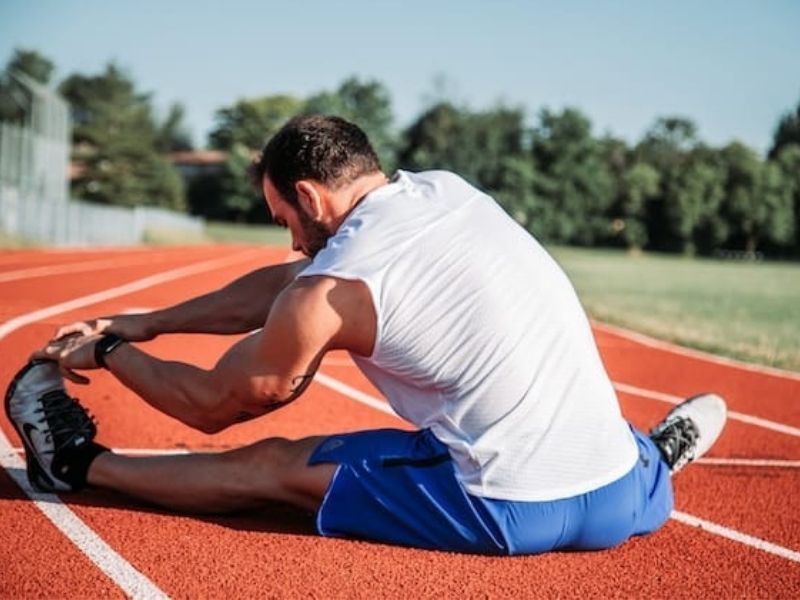Expert Insights on Psoas Stretching: Tips, Techniques, and Experiences

Psoas stretching is a vital part of maintaining flexibility, preventing injuries, and promoting overall well-being. To help you get the most out of your psoas stretching routine, we’ve gathered valuable insights from physiotherapists, personal trainers, and yoga instructors. Learn from their expertise and experiences to optimize your psoas stretching techniques and enjoy the benefits of a healthier, more flexible body.
Physiotherapist Tips on Psoas Stretching
Physiotherapists emphasize the importance of proper technique and progression when it comes to psoas stretching. They suggest the following tips for a safe and effective routine:
- Warm up properly: Start with dynamic stretches or light aerobic activity to increase blood flow and warm up the muscles.
- Focus on technique: Ensure that you maintain proper alignment and form to avoid compensations or strain on other muscle groups.
- Progress gradually: Increase the intensity or duration of your stretches over time to avoid overloading the muscles and risking injury.
Personal Trainer Advice on Psoas Stretching
Personal trainers often encounter clients with tight hip flexors due to sedentary lifestyles or intense exercise routines. They recommend the following strategies for a successful psoas stretching regimen:
- Consistency is key: Incorporate psoas stretching into your routine at least 2-3 times per week to maintain flexibility and prevent tightness.
- Combine stretching with strengthening: Balance your stretching routine with hip flexor strengthening exercises, such as lunges or step-ups, to promote stability and prevent injury.
- Listen to your body: Be mindful of pain or discomfort during stretching, and modify or stop the stretch if necessary.
Yoga Instructor Insights on Psoas Stretching
Yoga instructors often incorporate psoas stretches into their classes to promote hip mobility, improve posture, and enhance relaxation. They suggest the following tips for integrating psoas stretching into your yoga practice:
- Use the breath: Coordinate your breath with your movements to enhance relaxation and deepen the stretch.
- Explore different poses: Incorporate various yoga poses that target the psoas muscle, such as pigeon pose, lizard pose, or warrior I.
- Be patient: Allow your body time to relax and release tension during the stretch, and avoid forcing or pushing beyond your limits.
Conclusion
By incorporating the expert insights and experiences of physiotherapists, personal trainers, and yoga instructors, you can optimize your psoas stretching techniques for a safer, more effective practice. Remember that consistency, proper technique, and a balanced approach are essential to achieving the full benefits of psoas stretching. With dedication and mindfulness, you can enjoy improved flexibility, reduced pain, and a healthier, more active lifestyle. Be sure to combine with appropriate psoas release techniques for optimal results.
Sam Visnic
I’ve spent my life studying the fundamental aspects of human health with a focus on movement and clinical massage therapy. In a world of specialists, surgical procedures, drugs and quick fix remedies, I’m committed to finding and developing strategies that help people stuck at the “gap”. Over the last 20 years I’ve studied dozens of systems and methodologies for uncovering the root cause of aches and pains, along with postural and movement issues. Pain science, the art and science of hands-on soft tissue massage techniques, myofascial release, and coaching movement is essential in my practice. Integrating different methods but above all deciphering WHEN to use different techniques with different people and situations, along with integration of movements that people want to be able to do again is the key to long term success with my incredible track record with clients. Understanding the various elements that contribute to conditions and the power of communication and education makes my Release Muscle Therapy program separate from other hands-on therapy approaches.
Blogs You May Be Interested In
Categories
-
Deep Gluteal Pain Syndrome
-
Deltoids
-
Fallbrook
-
Foam Rolling
-
Glutes
-
Hamstrings
-
Hypnosis For Pain
-
Lats
-
Levator Scapulae
-
Lifestyle
-
Massage Therapy
-
Mobility
-
Movement and Exercise
-
Murrieta
-
Muscles
-
Nutrition
-
Obliques
-
Pain
-
Pectorals
-
Piriformis
-
Plantar Fasciitis
-
Product Review
-
Psoas
-
Quadratus Lumborum
-
Quadriceps
-
Rhomboids
-
Serratus Anterior
-
SI Joint
-
Sternocleidomastoid
-
Stretching
-
Subscapularis
-
Temecula
-
TMJ
-
Trapezius
-
Uncategorized
















